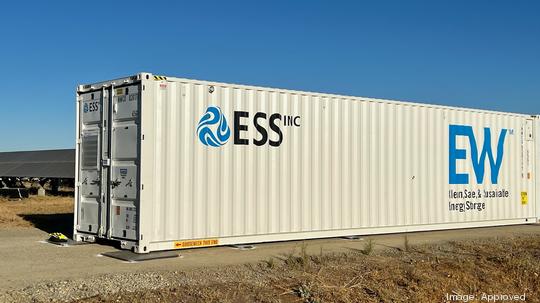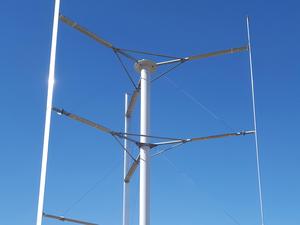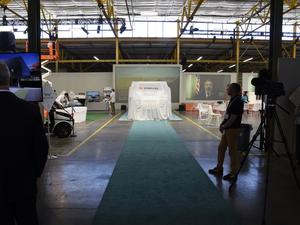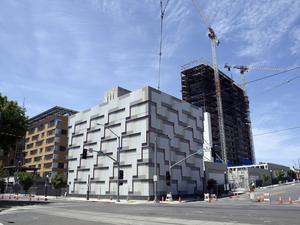
The Sacramento Municipal Utility District is going big with 200 megawatts of iron-flow battery technology to save its renewable power for times of no wind or sunlight.
The utility has ordered the batteries, which are each the size of a railcar, from Wilsonville, Oregon-based ESS Inc., which plans to build a training center and manufacturing center in Sacramento.
“We see a colossal amount of demand in California,” Hugh McDermott, senior vice president of business development with ESS (NYSE: GWH), told the Business Journal.
ESS will deliver the total 200 megawatts of batteries over seven years, starting early next year, he said. The first batteries for SMUD will come from Wilsonville in the Portland area, but the demand for such batteries is expected to grow along with increased need for energy storage, and ESS already plans to build an assembly, operations and maintenance support center in Sacramento.
“We like to do the assembly close to the markets we serve,” he said, adding that Sacramento could become a hub of manufacturing for ESS for the California market.
Iron-flow batteries are large and heavy, but that’s not so much of an issue for stationary uses like storage applications. They are often also used for backup power. They can cycle tens of thousands of times from charging to releasing energy without losing capacity.
“They have a 25-year life span without capacity loss,” said SMUD spokesman Gama Ortiz. These are the first iron-flow batteries used by SMUD, Ortiz said.
ESS also plans to develop with SMUD a Center of Excellence to train workers to build, install and maintain the batteries.
Iron-flow batteries have sensors and pumps, and they need routine inspections and maintenance, McDermott said.
An ESS iron-flow battery in a long 40-foot shipping container can store 75 kilowatts of electricity. To get to 200 megawatts, it would take more than 265 of them. But ESS is using a mix of the shipping container type and a center-style configuration that stacks modules together in a building. McDermott said SMUD is working on locations for the battery farms and centers.
By comparison, SMUD in January installed lithium-ion battery storage units at its Hedge Solar Farm on Tokay Lane that are housed in a 20-foot shipping container that each can store 667 kilowatts.
A megawatt is enough to power about 260 homes in California, which has the most energy-efficient housing, according to the Solar Energy Industries Association.
These batteries and other renewable technologies are part of SMUD’s plan to decarbonize its energy supply by 2030, 15 years ahead of the state’s deadline of 2045 to achieve a zero-carbon electricity system.
Iron-flow batteries are stable and don’t require the use of rare chemicals. The primary ingredients are iron and saltwater.









